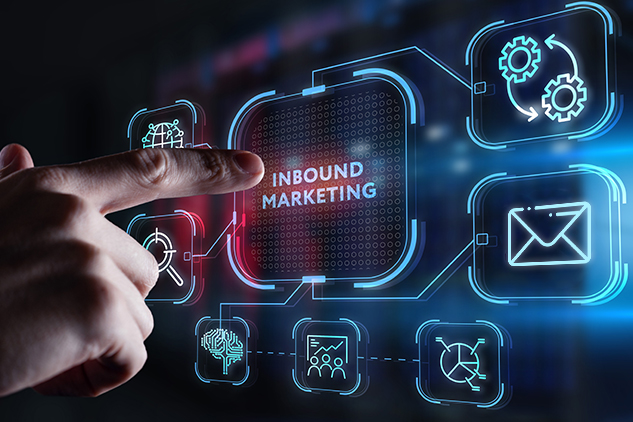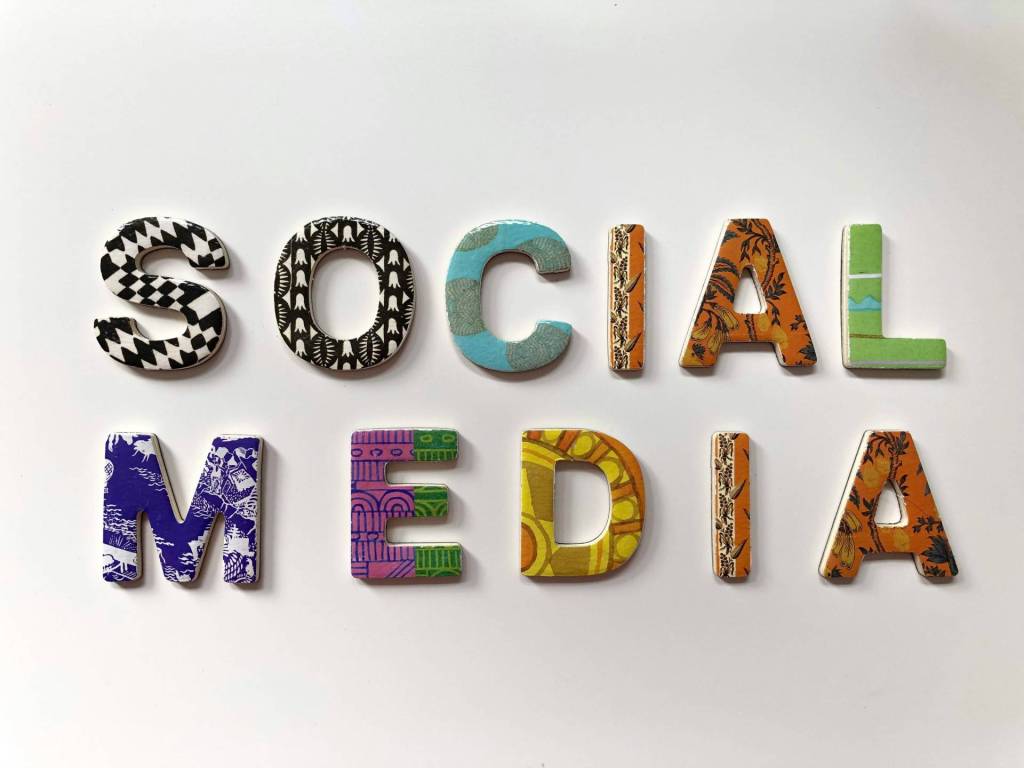Inbound marketing involves a customer-centric approach. It focuses on getting found by customers. The main aim of inbound marketing is to use social media marketing, content marketing, and SEO to promote your products. It imparts a pleasant customer experience by sharing relevant information.
Email marketing forms an important component of the inbound methodology. It is about being where your customers are and creating evangelists from strangers. It is about having a conversation with your subscribers by sending them helpful content that they are interested in.
Here’s how inbound and outbound email marketing differ from each other:


So, how does email contribute to strengthening the inbound marketing approach?
Role of Email in Inbound Marketing
1. Email allows you to send personalized communications.
Once you have defined your target audience and have a subscriber list, you can segment them according to different parameters. Based on your business type, you can segment the subscribers on the basis of age, sex, geographical location, job designation, etc.
You can also create buyer personas to target the users with the most relevant content and offers. Consider past purchases, browsing history, and other aspects of shopping behavior before sending the emails.
2. With email, you can send the right message at the right time.
Inbound email marketing starts from conversion and proceeds to the close and delight stages. As you understand the buyer’s journey, it becomes easier to send content that resonates the most with the readers. For example: If the user is in the awareness stage, you can send emails that highlight the benefits of your product. On the contrary, you can send pricing details to someone who is in the decision stage.
3. Inbound emails let you nurture leads and close them into customers.
73% of B2B leads are not sales-ready. So, you must try your best to nurture them. Send emails that generate value for the readers and drive conversions. Your readers want to know how your product can make their lives easier. So, let them know what’s in it for them to convince them to make the purchase.
4. Use emails to delight your customers and turn them into evangelists.
Send emails expressing gratitude to your customers and incentivize them with an attractive coupon. Such unexpected surprises would delight the users and give a leg up to your word-of-mouth marketing.
With that said, there are some limitations to inbound marketing. Let’s take a look.
1. It can be difficult to employ if you are a novice.
Although inbound marketing is the most preferred approach these days, it can get daunting to execute, especially for beginners. As it involves the usage of a number of tools and methods, it takes time to adopt.
2. Inbound marketing methodology can be complicated to measure.
Inbound marketing has nothing tangible to offer to consumers. So, it can be challenging to convince them to buy. Also, you cannot measure the conversion rates as easily with an inbound method.
3. You can come off as creepy if you personalize your email communications too much.
Anything in excess is bad. The same applies to personalizing your messages. Your subscribers might consider you intrusive if you hyper-personalize the messages with too many details.
4. With inbound marketing, you have to be patient before you start getting conversions.
Unlike outbound marketing, inbound marketing does not drive instant purchases. You have to nurture the leads and wait for them to convert. Use a combination of emails, social media, and SEO to get the most out of your marketing strategy.
5. You need expert professionals to make it work.
You will need Inbound certified marketing professionals if you want to employ this methodology. They can help businesses make the maximum out of their inbound approach.
Wrapping Up
Inbound email marketing, despite all the limitations, is the way forward. Your customers expect permission-based marketing approaches and want to receive tailor-made emails. That’s why inbound marketing plays an integral role in driving faster business growth.













